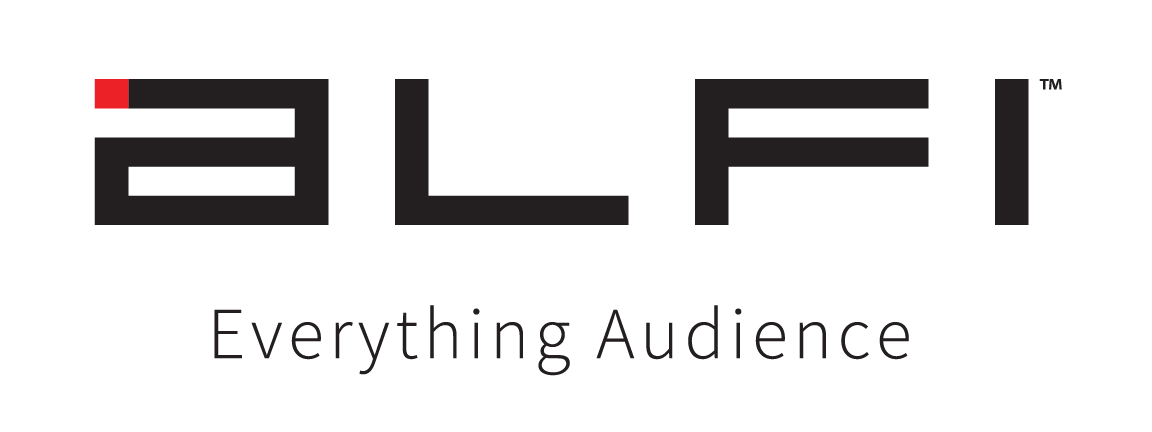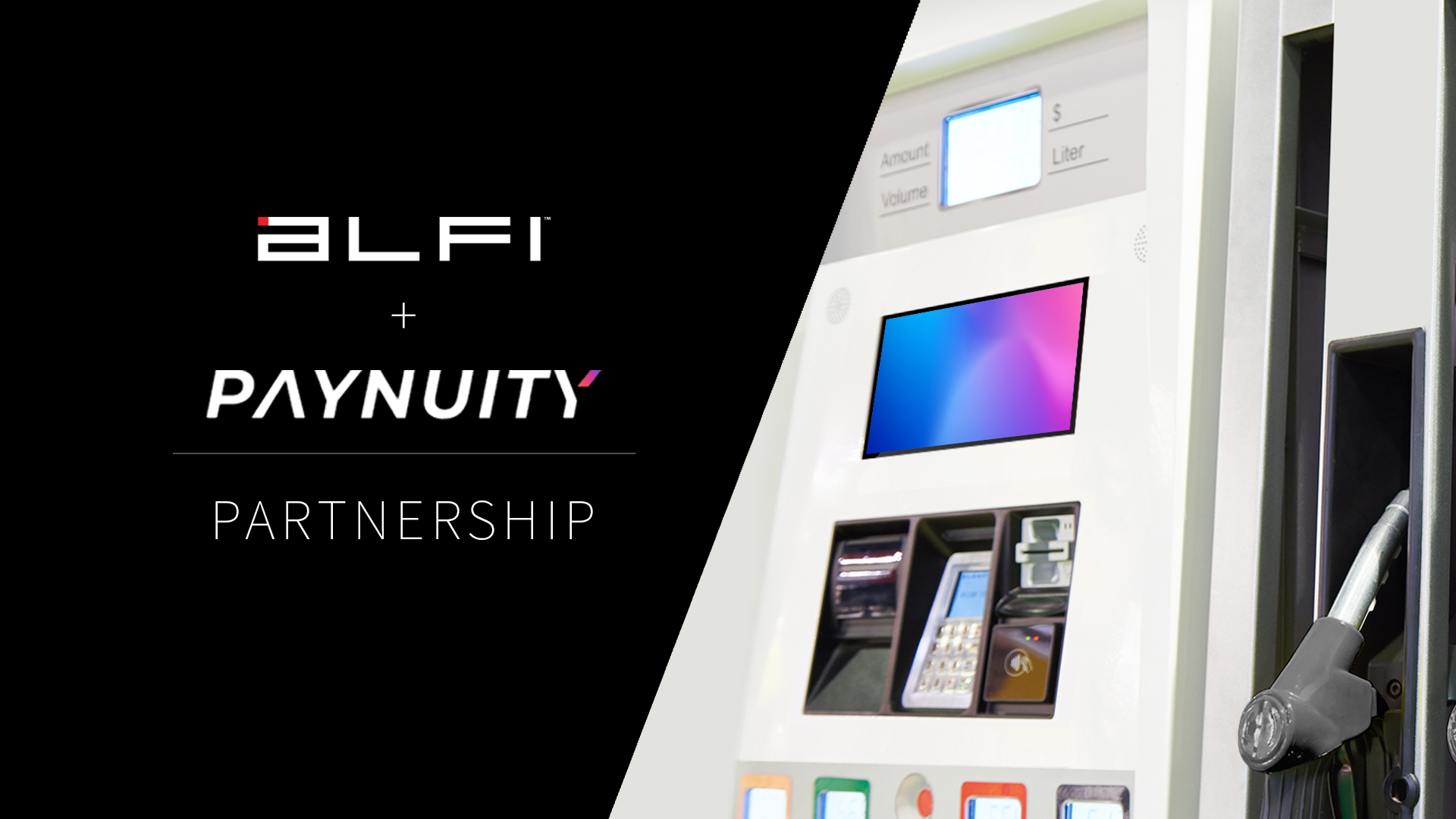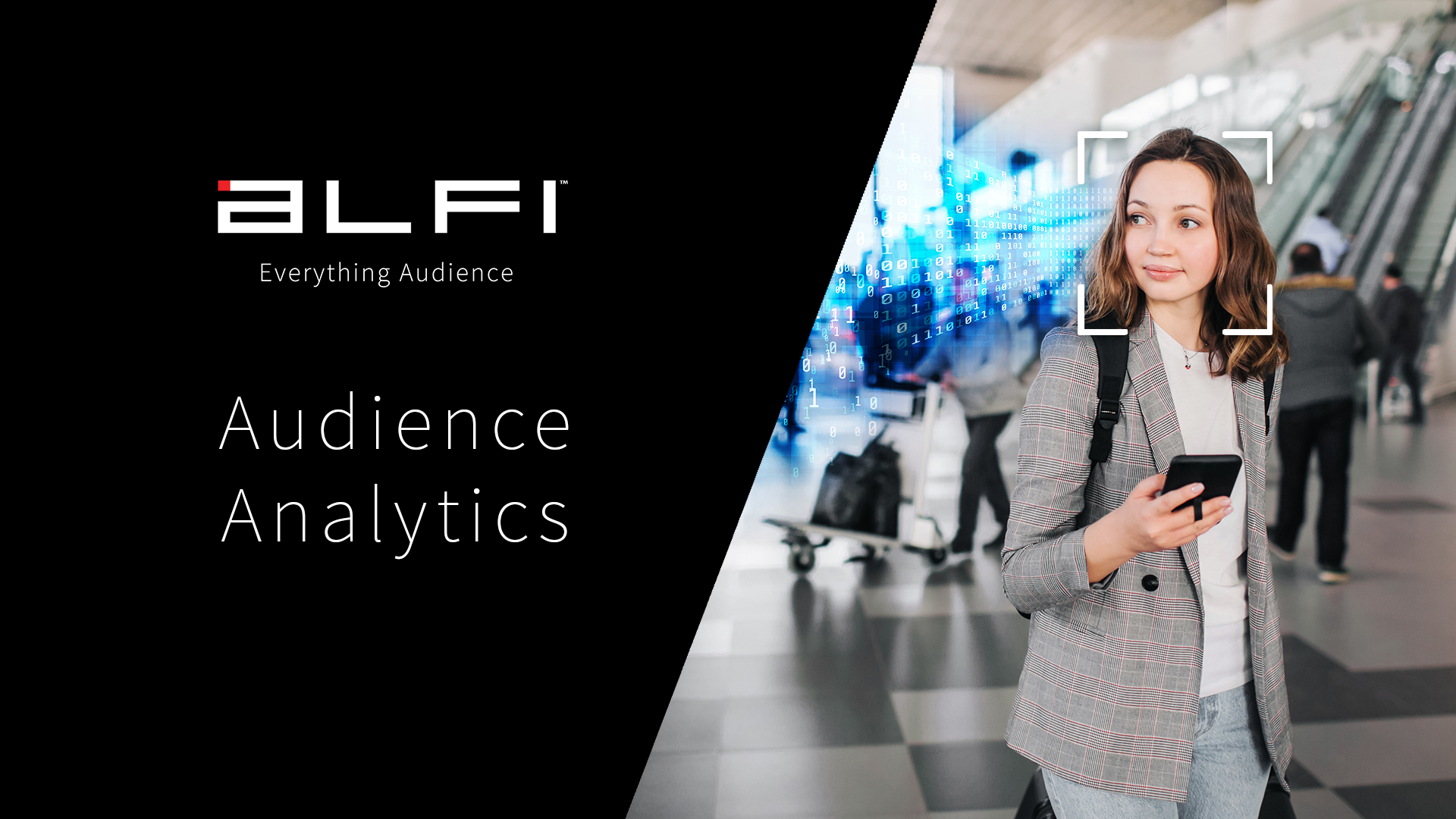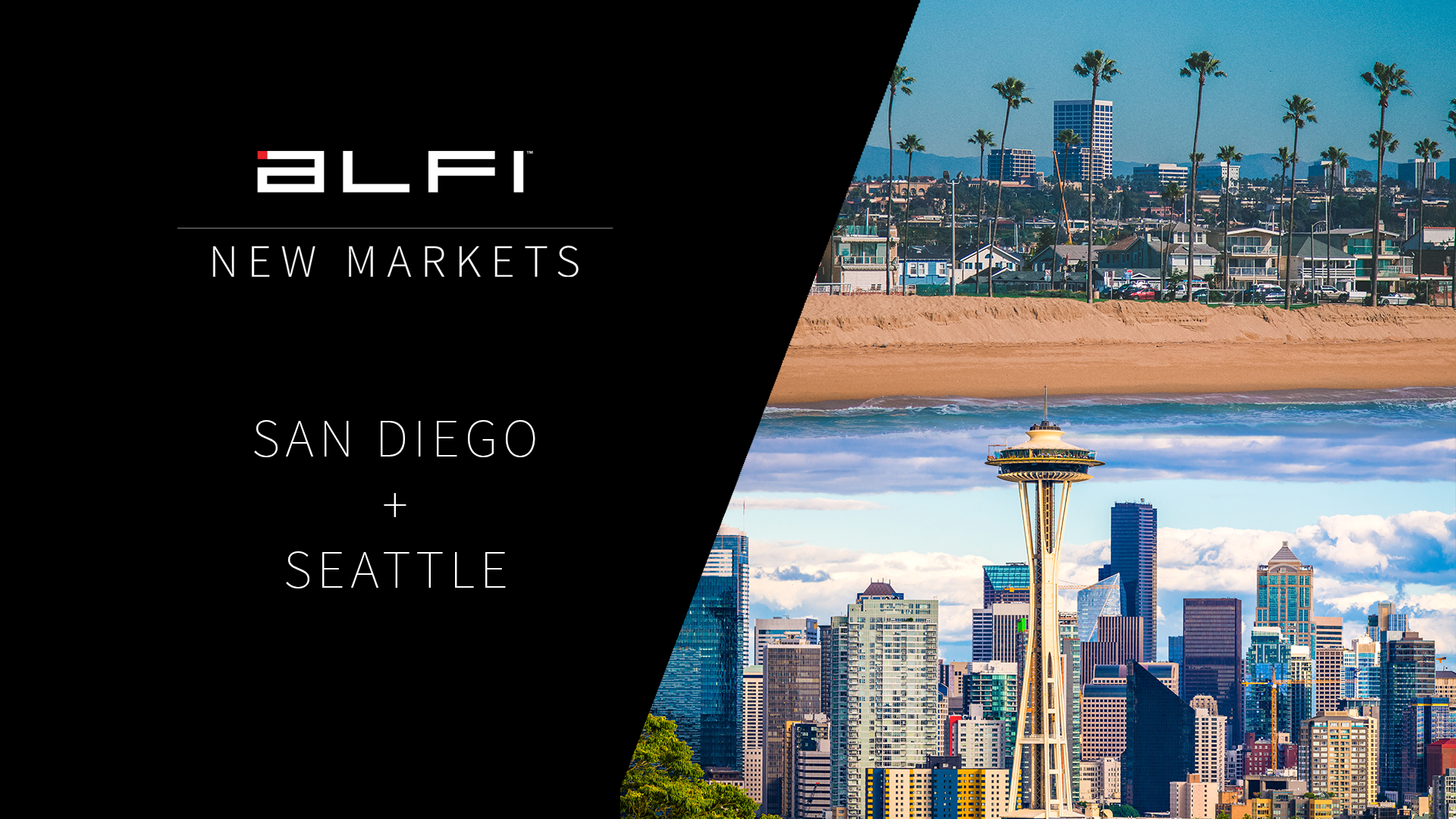The digital out-of-home advertising market is continuing to steadily expand and incorporate more digital solutions. It only makes sense that automating the bidding and ad placement process would save ad buyers time and money, delivering more targeted marketing, and yielding far richer data in real-time.
ALFI’s global research shows that programmatic advertising spend is expected to increase over the next three years: 49% of senior advertising executives expect spending on programmatic advertising to increase dramatically over the next three years with 43% believing there will be a “slight” increase. Survey respondents were asked to choose the three most important benefits of programmatic advertising, with 94% citing automation, 72% choosing real-time measurement, and 67% selecting sophisticated targeting.
With the global DSP market predicted to reach $30 billion by 2025, it’s no wonder that ad executives everywhere are turning to programmatic advertising and DOOH solutions. Before we go into a more in-depth analysis of ALFI’s research results, let’s explore why programmatic has been so successful.
Programmatic Advertising: Transforming Digital Out-of-Home Advertising
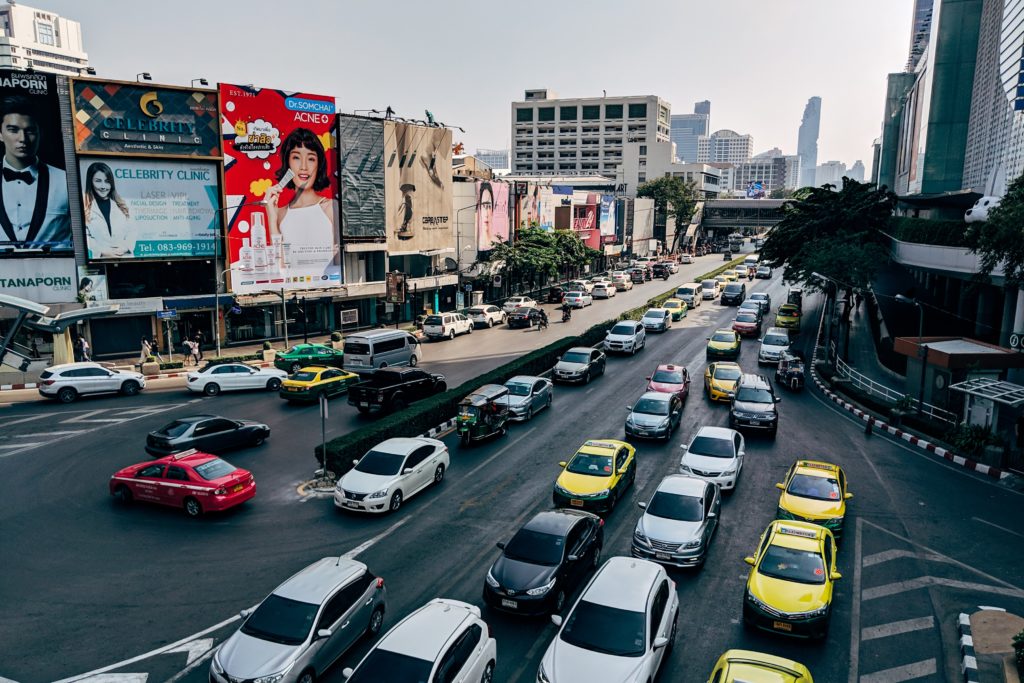
Programmatic DOOH allows for the creation of unique and memorable ad campaigns, ensuring that your ads are seen by your target audience at the most appropriate times. By using programmatic DOOH, you can trigger content in the places where your audience is most likely to be at certain times of the day. And you can do all of this automatically – or more specifically, programmatically – without lifting a finger.
Programmatic advertising integrates and streamlines the relationship between technology, publishers, advertisers, and consumers – speeding up the ad buying, bidding, and delivery process of DOOH ad spaces through the use of automated transactions, sales, and deliveries.
Before programmatic ad buying existed, digital ad spaces were sold and negotiated by salespeople and purchased by media buyers in a long, expensive process. By integrating technology, programmatic advertising makes the ad buying system more efficient and affordable by removing unnecessary stages in the process and shifting some human steps to machines. For more on programmatic DOOH, explore this article.
ALFI’s Latest Articles on Programmatic Advertising
What is Programmatic DOOH?
Programmatic DOOH refers to the automated buying, selling, and delivery of DOOH advertising space. By using programmatic DOOH, the sale and delivery of ad content are automated, as with most online advertising. Programmatic transactions allow buyers to set specific conditions that will trigger the purchase of a DOOH advertising slot when met.
There is an unlimited number of data options that can be used to automatically purchase content, such as having different creative deployed based on the time of day. You can also use data such as daily market performance, the weather, or live results of an ongoing sporting event—or utilize live audience data to set in motion content ideal for the majority of people at a specific location.
Click here to read more about how programmatic advertising can help you scale your business in an affordable way.
How Does Programmatic Advertising Change DOOH?
Programmatic advertising further speeds up the process of bidding, selecting, and optimizing DOOH campaigns. Powerful software and algorithms help automate the entire process of selling and placing digital ad impressions by connecting these ad exchange platforms and delivering results in a fraction of a second. Plus, it can integrate other valuable intel like traffic data and online targeting to provide more accurate, efficient impressions at scale.
The use of programmatic advertising is only going to increase. 2020 forecast reports show companies investing heavily in US programmatic digital out-of-home advertising (DOOH) ad spending – more than doubling the year over year at $181.6 million. That figure is predicted to reach $533.8 million by 2022. In fact, research by Nielsen reveals OOH overall to be one of the most effective ways to build validation in companies suffering losses in brand loyalty during the pandemic. Click here to read the rest of the article.
How Do Demand-Side Platforms Change Out-of-Home Advertising?
Is your business trying to reach your target demographic faster and more efficiently? Are you still waiting until the end of a marketing campaign to consider the next steps? If you’re not utilizing the ease of a demand-side platform, your company is missing out.
According to Marketwatch, in 2019, the global DSP (Demand-Side Platform) market size was just under $10 billion USD and it is expected to reach $30 billion USD by the end of 2025, with a CAGR of 32.5%.
What can you gain? Time. Revenue. Better insight into consumer data. Want to learn more? Check out the full article on DSPs.
ALFI Global Research Study Predicts Programmatic Advertising Spending to Increase
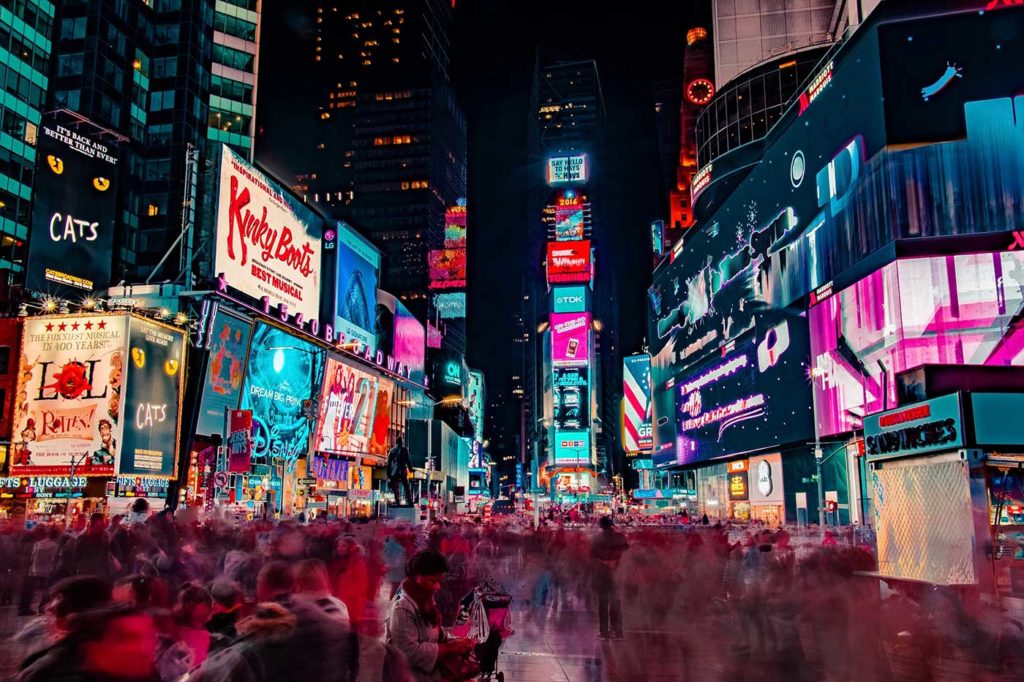
Global Senior Advertising Executives Cite Automation, Real-Time Measurement, and Sophisticated Targeting as Key Benefits
The latest research from ALFI, an AI enterprise SaaS advertising platform, has found that the use of automation and machine learning technology to purchase and display digital ads to segmented audiences in real-time is set to increase dramatically over the next three years.
The research was conducted in June 2021, when global market research company PureProfile was commissioned by ALFI to conduct 100 interviews amongst senior advertising professionals working in the digital advertising industry. These interviews were split across five markets: the United States, United Kingdom, France, Germany, and Asia.
The results are clear. Nearly half of senior advertising executives (49%) responded that they expect spending on programmatic advertising to “increase dramatically over the next three years,” while 43% responding that it will only be a “slight” increase.
With the increasing digitization of the global advertising market, it seems logical that brands and ad execs will turn towards programmatic advertising and DOOH solutions to connect with broader groups and younger, hard-to-reach audiences.
Let’s explore some of the key drivers behind the push towards programmatic.
Growth Drivers Behind Programmatic Advertising Spend
According to ALFI’s CEO, Paul Pereira, “Huge advances in technology and a growing focus on more precision targeting of audiences and evaluation is driving growth in programmatic advertising, making it one of the most exciting and dynamic developments in marketing. We are seeing more inquiries from clients and prospects in this part of our business and expect it to be a strong growth area for us.”
When survey respondents were asked to choose the three most important benefits of programmatic advertising, 94% cited automation, 72% chose real-time measurement, and 67% selected sophisticated targeting. Nearly half of respondents (46%) picked return on ad spend as one of their three key benefits.
| Benefit of Programmatic Advertising | Percentage of senior advertising executives who selected this benefit as one of the three most important ones of programmatic advertising |
| Automation | 94% |
| Real-time measurement | 72% |
| Sophisticated targeting | 67% |
| Return on ad spend (ROAS) | 46% |
| Campaign management at scale | 21% |
“Advertisers are demanding improved performance and capabilities from the ad technology they utilize. With programmatic advertising, content publishers and brand owners can find and use the right messages to make a viewer’s digital out-of-home advertising experience more valuable and effective,” added Pereira.
ALFI provides data-rich reporting functionality that informs advertisers when someone viewed their ad, how many times it was viewed, and how viewers reacted to the content. To excel in an increasingly digital sphere, advertisers need more enhanced performance and capabilities from the ad tech they employ.
This is where ALFI delivers with impressive real-time analytics, accountability, transparency, proof of engagement, and actual impressions.
What do the results mean for advertisers?

With the inevitable death of the cookie, enhanced web privacy features, and advertising blindness, ad buyers have been scrambling for ways to get their message out to the masses.
As more brands struggle with how to engage customers with advertising, many will look for alternatives to traditional methods. Programmatic DOOH, combined with existing advertising efforts, provides an easy-to-use, effective option for boosting brand recognition, improving the user experience, and ultimately, increasing sales.
With its powerful visuals and tech capabilities, DOOH is transforming the way advertising is done in more ways than one. Beyond a mere skip, block, or mouse click, DOOH invites viewers to participate, offering more tailored, updated, relevant content and yielding valuable insights into consumer behavior. Plus, by adding DOOH to your online and mobile campaigns, you’ll gain the ability to engage with consumers throughout their day, creating a long-lasting brand experience.
ALFI helps companies with brand message distribution with increased ROI, data reporting, advanced accuracy, and ad performance insights. When you’re ready to experiment with programmatic DOOH, take it to the next level with intelligent, compliant data.
Contact us to talk with a representative about how ALFI can transform your brand’s digital OOH experiences.
